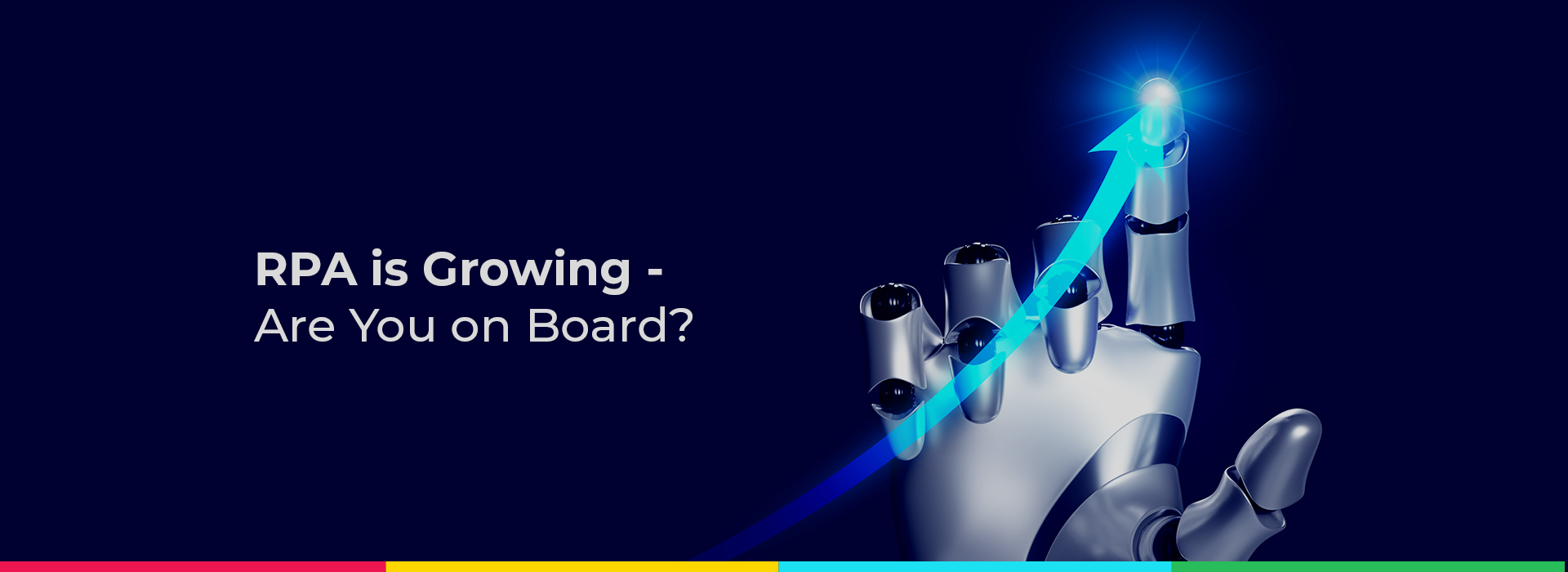
Blog
iPaaS: What It Is and What It Can Do for You
Integrated platform-as-a-service, or iPaaS, has been a game-changer for countless organizations across a wide variety of industries. iPaaS is a virtual platform that allows numerous software applications to interact with one another and share data and allow users to access the various applications supported by the platform in a centralized environment.
The technology underlying iPaaS can be complicated. However, conceptually, there are three primary elements to any iPaaS Solution:
-
Application Programming Interface (API). This is the component of iPaaS that allows otherwise unrelated applications to communicate with one another. APIs leverage protocols and definitions to facilitate that communication, which is conducted using a computer language, such as XML. This is the “interact with one another” component of iPaaS.
-
Data Integration. The ability to communicate via APIs isn’t useful if the applications communicating can’t understand each other. Data integration aggregates and organizes data from disparate applications into a consistent format.
-
Integration Hub. An integration hub is a link that helps hold the various applications included in an iPaaS solution together. The term "hub" comes from the fact that an iPaaS hub uses a hub-and-spoke model. This means that the hub sits in the middle and acts as the middleware between the various applications.
Let’s dig into the integration hub concept in a bit more detail and consider some of the key benefits of cloud integration hubs.
Consistency of Data
When software application vendors build and maintain their applications, they may do so with integrations to specific third-party applications in mind. Often, however, these distinct applications contain API functionality but aren’t specifically designed to play with a variety of different software solutions.
An integration hub helps maintain consistency across an iPaaS solution by establishing standards for data formats and creating a centralized user interface.
Democratization of Data
It’s often surprising how hard it can be to share data across an organization, particularly large, complex organizations. Employees often don’t know where to look for key information relevant to their role and sometimes don't even know what resources are available to them, let alone where to find them.
A well-designed and well-organized integration hub make it easier for team members to find and access the data they need to perform their jobs. We can think of this as “read” access to certain information.
Information Oversight
An integration hub can also help ease the burden of maintaining the hub as well as the various linked applications through “write” or “edit” permissions that may be available to certain system administrators or managers.
Additionally, integration hubs can leverage automated processes on top of the functionality allowing manual management of data and applications. For example, an integration hub can manage access and other permissions for the various linked applications and coordinate data deletion following company data retention policies, among other functions.
Scalability
In general, the ability to coordinate and manage enterprise applications from a centralized hub allows for far greater scalability to the number and complexity of applications supported. Adding a new application to the hub and supporting its maintenance from this centralized location is far easier than managing and expanding numerous applications individually.
iPaaS solutions can involve complex software, but the basic concept is fairly straightforward. iPaaS solutions have three primary elements central to their operation: APIs to facilitate communication; the ability to integrate data via those APIs; and a centralized integration hub to help organize it all. A well- designed and well-managed integration hub can tremendously enhance the value of any iPaaS Solution.
Contact NITCO today to see how your organization might benefit from the iPaaS integration hub.




 US Headquarters
US Headquarters India office, Hyderabad
India office, Hyderabad